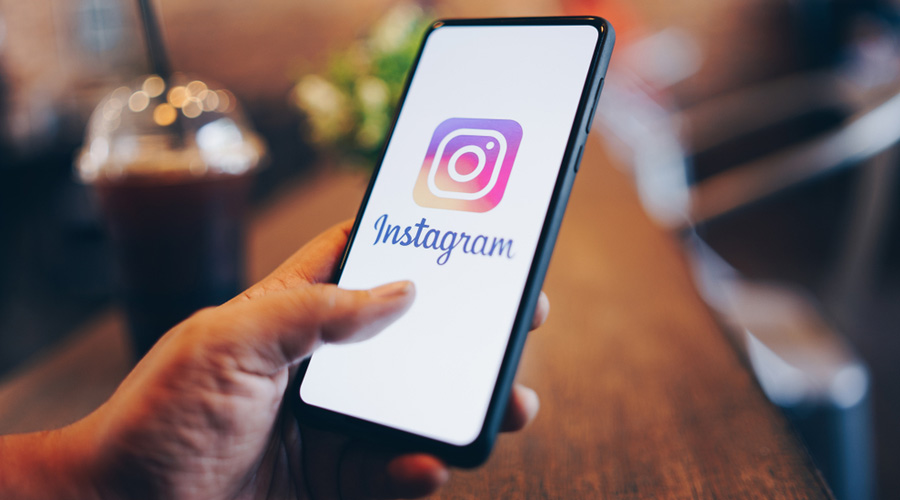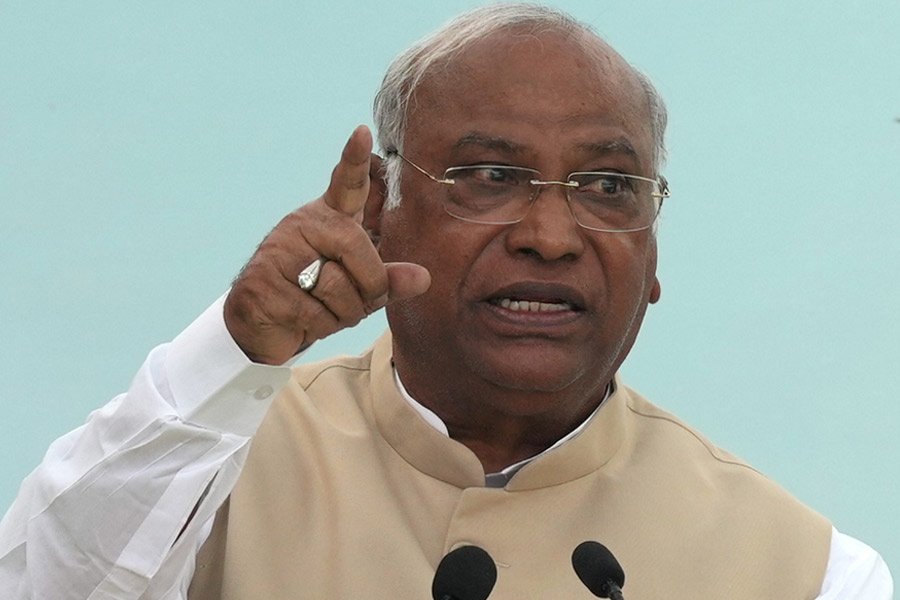When Instagram reached one billion users in 2018, Mark Zuckerberg, Facebook’s chief executive, called it “an amazing success”. The photo-sharing app, which Facebook owns, was widely hailed as a hit with young people and celebrated as a growth engine for the social network.
But even as Zuckerberg praised Instagram, the app was privately lamenting the loss of teenage users to other social media platforms as an “existential threat”, according to a 2018 marketing presentation.
By last year, the issue had become more urgent, according to internal Instagram documents obtained by The New York Times. “If we lose the teen foothold in the US we lose the pipeline,” read a strategy memo, from last October, that laid out a marketing plan for this year.
In the face of that threat, Instagram left little to chance. Starting in 2018, it earmarked almost its entire global annual marketing budget — slated at $390 million this year — to targeting teenagers, largely through digital ads, according to planning documents and people directly involved in the process.
The Instagram documents, which have not previously been reported, reveal the company’s angst and dread as it has wrestled behind the scenes with retaining, engaging and attracting young users.
Even as Instagram was heralded as one of Facebook’s crown jewels, it turned to extraordinary spending measures to get the attention of teenagers.
It particularly emphasised a category called “early high school”, which it classified as 13- to 15-year-olds.
Any slip by Instagram could have larger consequences for Facebook.










